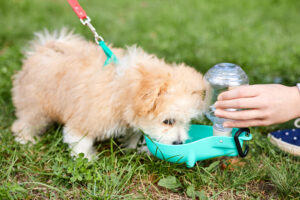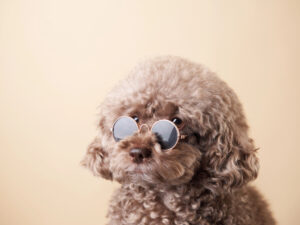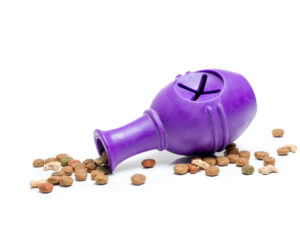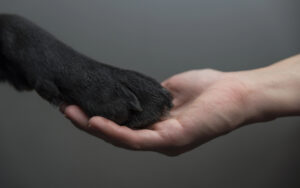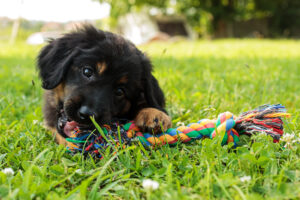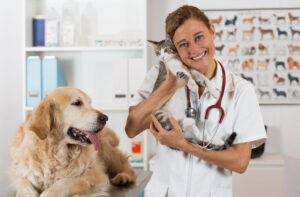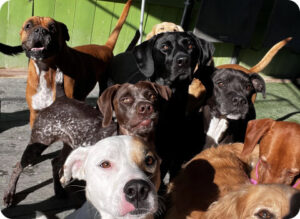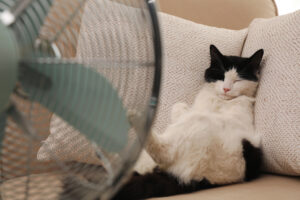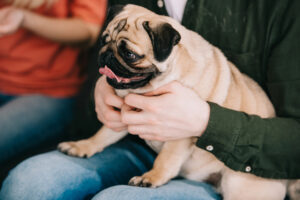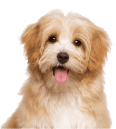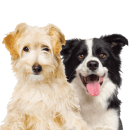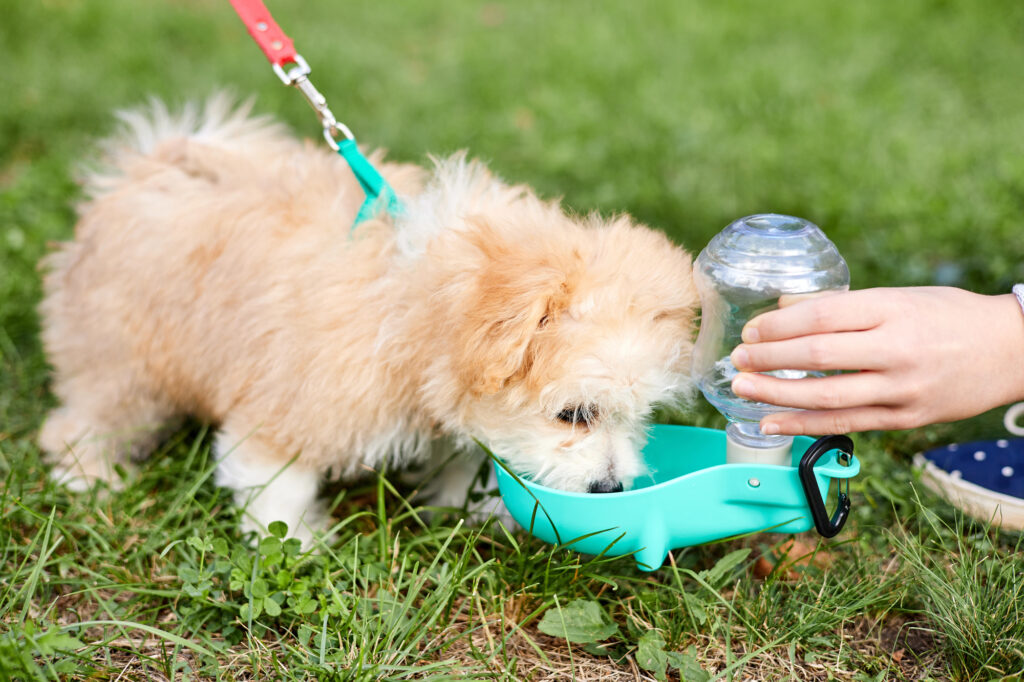
How Can I Get My Dog to Drink More Water? 11 Simple Tips That Work
Keeping your dog hydrated is one of the simplest ways to protect their health. Water helps regulate body temperature, supports digestion, and keeps your dog’s overall health, joints, and energy levels in balance.
But sometimes, dogs simply don’t drink enough on their own. If you’ve ever found a full water bowl sitting untouched, you’re not alone.
Many pet parents ask, “How can I get my dog to drink more water?”
The good news is, with a few simple changes like fresh water, clean bowls, or a splash of low-sodium broth, you can encourage your dog to drink water regularly and maintain proper hydration.
Key Summary:
To get your dog to drink more water, keep their bowls clean and filled with fresh, cool water. Add a splash of low-sodium broth, offer ice cubes or a pet fountain, and place bowls in easy-to-reach spots. Mixing water into meals and adding short walks or playtime can also help boost their thirst and keep them hydrated.

Boarding Clients!*Discount does not apply during holiday/peak rate periods.

Why Your Dog Might Not Be Drinking Enough Water
Dogs may stop drinking water because of taste preferences, dirty water, stress, pain, or health issues such as dental disease, nausea, or urinary tract infections. Some dogs are also picky about water temperature or location.
Every dog has their own drinking habits, but sudden changes are worth paying attention to. Here are some of the most common reasons your dog might be skipping their water bowl:
Dirty or stale water: Dogs can detect even slight changes in smell or taste.
Uncomfortable bowl type or location: Metal noise, heat, or nearby clutter may deter them.
Dental pain or mouth irritation: Drinking can hurt if gums or teeth are inflamed.
Less activity or cooler weather: Dogs naturally reduce their water consumption when they’re resting more or not as active.
Anxiety or environmental change: A new house, bowl, or routine can affect thirst.
Health problems: Illnesses such as kidney disease or urinary tract infections can reduce a dog’s water intake and lead to dehydration if not addressed.
If your dog hasn’t touched water for more than 24 hours or shows signs of dehydration like dry gums or lethargy, contact your veterinarian right away.
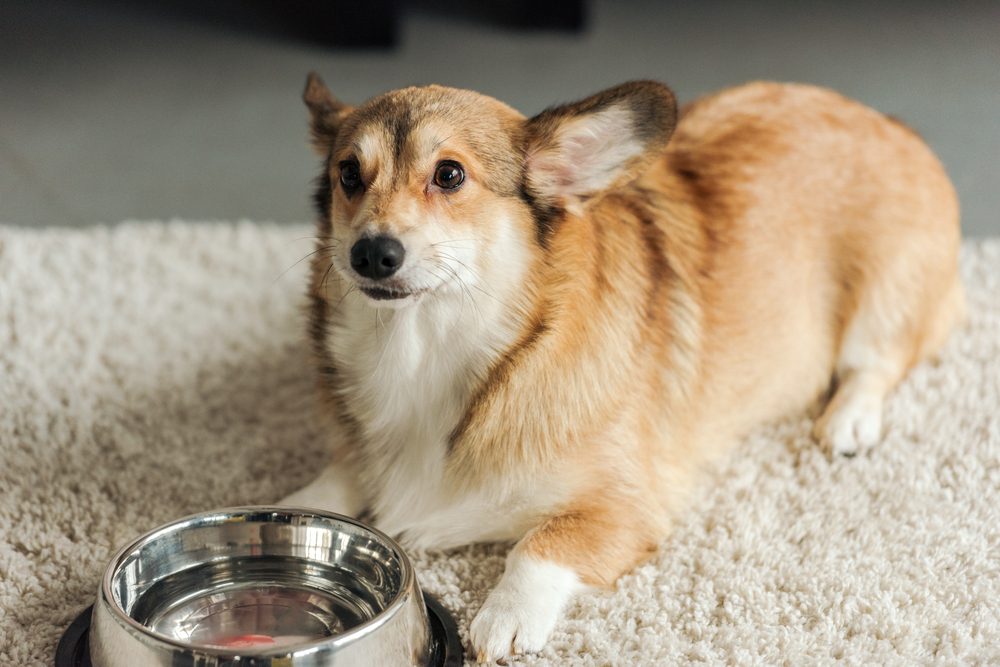
10 Simple Ways to Get Your Dog to Drink More Water
Encouraging your dog to drink water regularly doesn’t have to be complicated. These tried-and-true methods can help improve your dog’s water intake and keep them properly hydrated.
1. Keep Water Fresh and Clean
Dogs prefer clean, cool water just like people do. Refill their bowls at least once a day and give them a quick rinse to remove any film or odor. Once a week, scrub bowls with mild soap and warm water.
If your tap water has a strong smell or taste, try using filtered or bottled water for a few days to see if your dog’s water consumption increases. Even small changes in freshness or temperature can make a big difference.
2. Place Multiple Water Bowls Around the House
Convenience matters. Some dogs simply don’t want to walk far to get a drink. Place multiple bowls in different rooms or near your dog’s favorite resting spots so water is always within reach and easy to find.
If you have a large home or outdoor area, try setting up a few shaded water stations. This is especially helpful for senior dogs or those with mobility issues who might not want to move far from their resting place.
3. Try Different Types of Bowls
Not all bowls are created equal. Some dogs dislike the smell of plastic, while others get startled when their tags clink against metal.
Switch to stainless steel or ceramic bowls, which stay cleaner and odor-free. For flat-faced breeds like Bulldogs or Pugs, choose wide, shallow bowls that let them drink comfortably without getting their noses wet.
If your dog tends to tip their bowl, try one with a rubber base or a weighted design to keep it steady.
4. Add Water to Your Dog’s Food
One of the easiest ways to boost proper hydration is by adding water directly to your dog’s diet. Dogs often don’t notice the change, but it helps boost their daily intake without any extra effort.
- Pour a few tablespoons of warm water or low-sodium broth over dry kibble to soften it.
- Mix in wet dog food or canned food for added flavor and moisture, especially if your dog doesn’t drink much water.
- If your dog eats quickly, moist food can also slow them down and support digestion.
This method is especially helpful for dogs who are older or have dental issues since softer food is easier to chew and swallow.
5. Add a Splash of Flavor
A little flavor can go a long way in getting your dog interested in water again. Add a tablespoon of low-sodium chicken or beef broth to their bowl for a gentle aroma boost. You can also try water from canned tuna packed in water; many dogs love it.
Avoid adding salt, sugar, or flavored drinks made for people. Always keep the mix mild and safe for daily use.
If your dog enjoys frozen treats, pour broth into an ice tray and freeze it into broth cubes for a cool, hydrating snack.
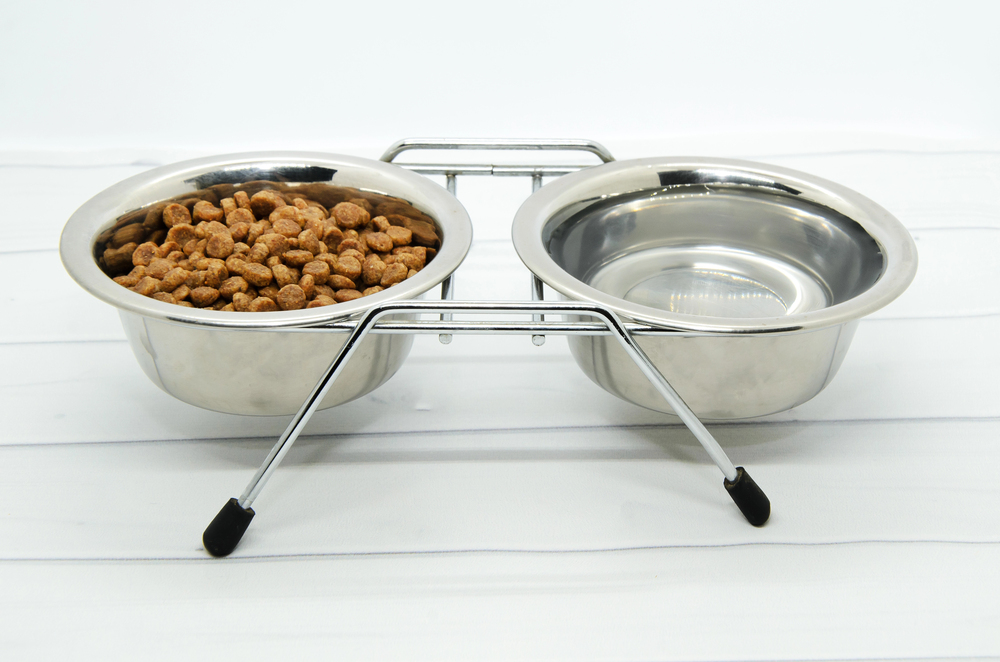
6. Use a Pet Water Fountain
Some dogs are fascinated by moving water. A pet water fountain keeps water circulating, which not only keeps it fresh but also appeals to a dog’s natural curiosity. The sound and motion can encourage more frequent drinking.
Choose a quiet model with easy-to-clean filters, especially if you have multiple pets. Running water also helps prevent bacteria buildup, making it a clean and fun hydration solution.
7. Offer Water-Rich Treats
Hydration can be tasty. You can use healthy snacks that naturally contain a lot of water to help your dog stay refreshed throughout the day.
- Try dog-safe fruits and vegetables like watermelon, cucumber, or celery in moderation.
- Make frozen treats using broth or fruit puree for hot days.
- Avoid grapes, raisins, or anything toxic to dogs.
These simple additions turn hydration into a fun part of your dog’s routine instead of a chore.
8. Keep a Regular Routine
Dogs thrive on consistency. Offering water at predictable times helps remind them to drink more often.
Set water breaks after walks, meals, and playtime so your dog begins to expect them. If you notice they often nap after activity, offer water right before they rest.
Over time, their body adjusts, and drinking becomes part of their daily rhythm.
9. Encourage More Play and Activity
Movement naturally increases thirst. If your dog isn’t drinking much, a little more playtime may help.
A brisk walk, a quick game of fetch, or gentle indoor play can prompt them to drink afterward. Always bring a portable water bottle and collapsible bowl on walks, especially in warm weather.
This habit not only supports hydration but also improves your dog’s mood, appetite, and fitness.
10. Keep Bowls in Comfortable, Calm Spots
Where you place the dog’s water bowl matters; some avoid drinking if the bowl is in a noisy, hot, or crowded area.
- Choose a quiet corner away from foot traffic, food bowls, or appliances that make noise.
- Keep outdoor bowls shaded and cool.
- Avoid placing them near litter boxes or where pets sleep, since dogs prefer a clean, neutral space for drinking.
Making small location changes can often turn a reluctant drinker into a consistent one.
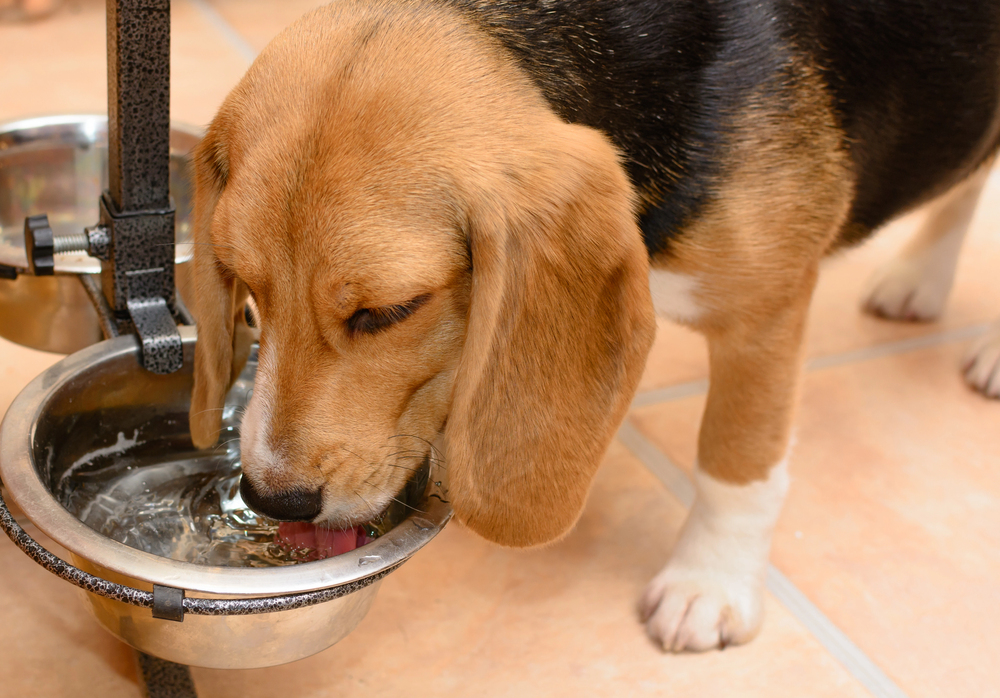
Dog Hydration Tips by Age and Lifestyle
Every dog’s drinking habits are different. Age, activity level, and environment all play a role in how much water they need and how to encourage them to drink more.
Puppies
Puppies are growing fast and have small bodies that dehydrate easily, especially during play or training.
- Offer frequent small sips instead of one large bowl.
- Keep water within easy reach of play areas and crates.
- Use shallow bowls to prevent spills and make it easier for them to drink.
- During house training, track both drinking and bathroom habits to build consistency.
Seniors
Older dogs often need gentle reminders to drink, especially if they have mobility issues or reduced senses of smell and taste.
- Place multiple water stations close to where they rest.
- Use raised bowls if they have arthritis or neck stiffness.
- Add wet food or water toppers to meals for extra hydration.
- Keep bowls in a well-lit, calm area so they’re easy to find at night.
Active or Outdoor Dogs
Active dogs that hike, run, or play outside lose more fluids and need regular hydration breaks to maintain proper water intake.
- Carry a collapsible water bowl and refill it every 30–45 minutes during activity.
- Offer water before, during, and after exercise.
- Avoid overhydration by giving small, frequent sips instead of one large gulp.
- Always bring fresh water on beach days or hikes, natural water sources can contain bacteria or salt that upsets their stomach.
Keeping your dog hydrated according to their age and lifestyle helps prevent fatigue, heat stress, and dehydration all year long.

How Much Water Is Enough for My Dog?
Most dogs need about ½ to 1 ounce of water per pound of body weight each day to maintain proper hydration and support overall health. For example, a 40-pound dog should drink roughly 20 to 40 ounces of water daily, depending on their activity level, diet, and the weather.
Dogs that are more active, spend time outdoors, or eat mostly dry kibble often need extra hydration. Wet food or adding a splash of water to meals can help.
In hot weather or after physical activity, always provide cool, clean water and monitor your dog’s water consumption closely to prevent dehydration.
Their needs can vary day by day, so it’s best to watch their habits and adjust as needed.
Signs of Dehydration in Dogs
Even mild dehydration can make your dog tired, uncomfortable, or unwell, and severe dehydration can lead to serious health issues if untreated. Knowing what to look for helps you act quickly before it becomes serious.
Watch for these common signs:
- Dry, sticky, or pale gums
- Sunken eyes or a dull expression
- Lethargy or unusual tiredness
- Loss of skin elasticity (skin stays lifted when gently pinched)
- Heavy panting or dry nose
- Dark, strong-smelling urine or very little output
- Refusing food or water altogether
If you notice several of these signs together, it’s safest to contact your veterinarian right away.
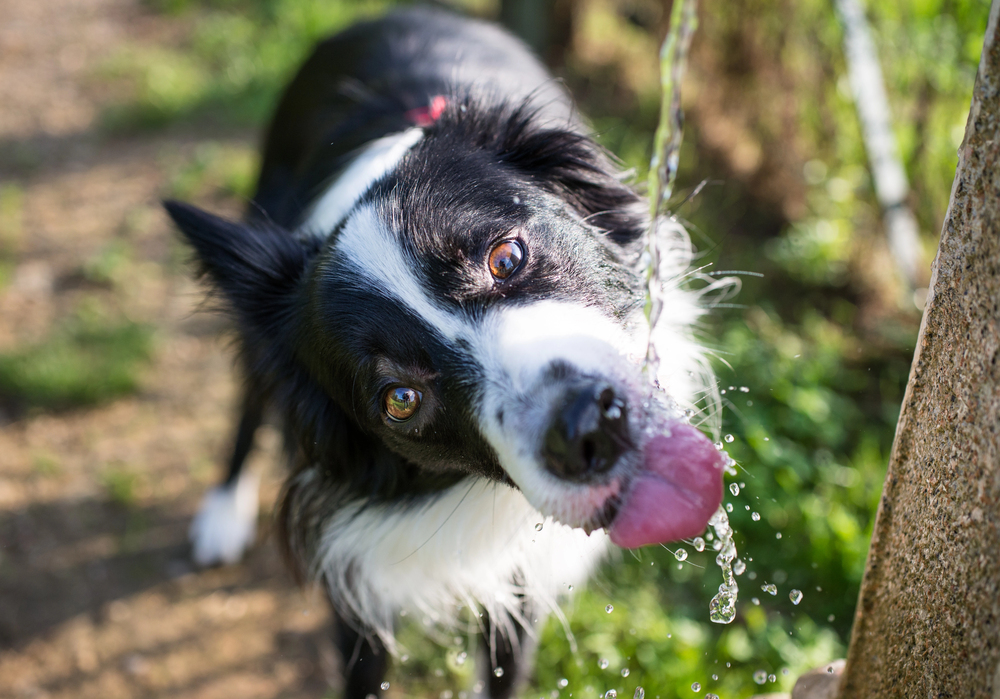
When to See the Vet
Call your vet if your dog refuses to drink water for 24 hours or shows signs of being a dehydrated dog, such as dry gums, sunken eyes, or fatigue, since this can signal serious health issues. Prolonged lack of water can lead to serious complications and requires medical care.
Even if your dog is eating normally, reduced water intake can be an early sign of illness, dental pain, or organ problems.
A vet can run simple tests to find the cause and may recommend fluids or dietary adjustments. Always trust your instincts; if something feels off, it’s better to check early than wait.
Conclusion
Helping your dog drink more water is one of the easiest ways to keep them healthy, energetic, and happy. Fresh water, clean bowls, multiple stations, and a few creative tricks, like flavoring or fountains, can turn even the pickiest drinker into a good hydrator.
Keep an eye on their daily habits, adjust based on age and activity, and contact your vet if they ever stop drinking or show dehydration symptoms. Small steps each day make a big difference in your dog’s comfort and long-term health.
At Fon Jon Pet Care, we treat hydration as part of your pet’s daily well-being. During boarding, daycare, and training, our team makes sure every dog gets fresh water, regular play breaks, and personalized care to keep tails wagging and bodies healthy.
If you’re looking for a trusted place where your dog’s comfort comes first, we’re here to help.




